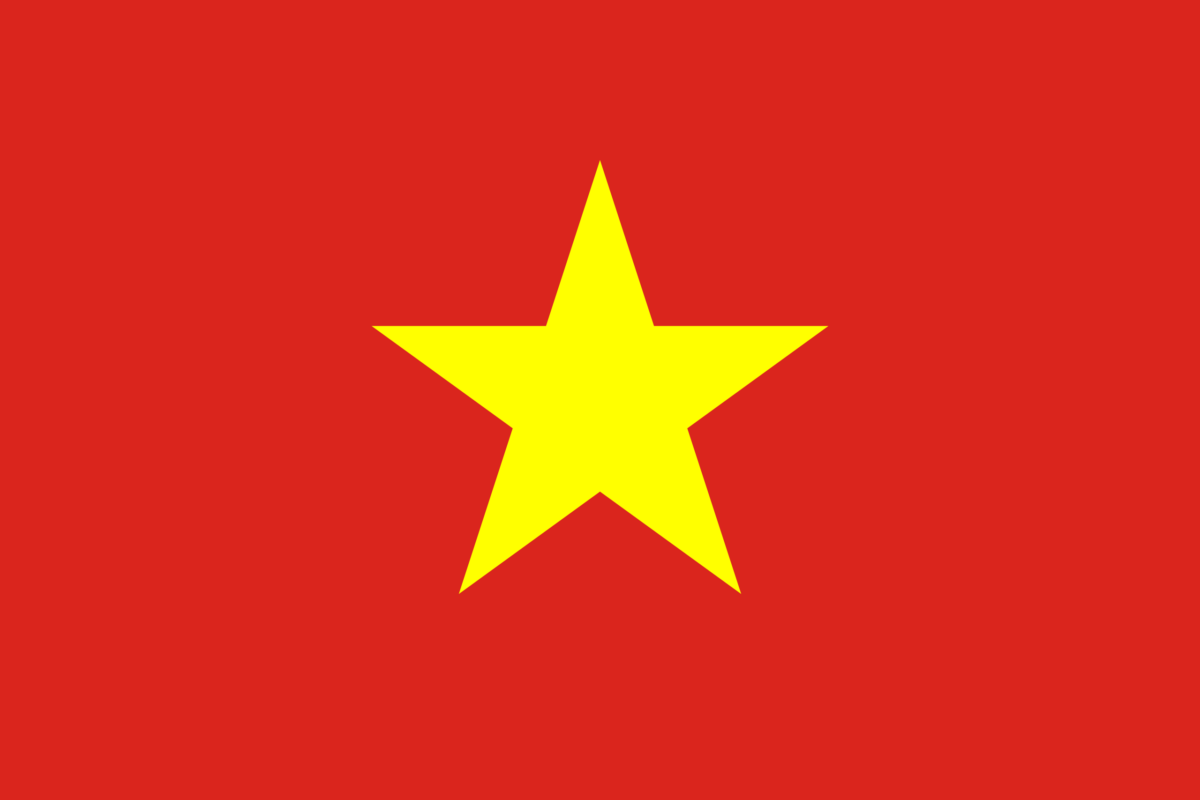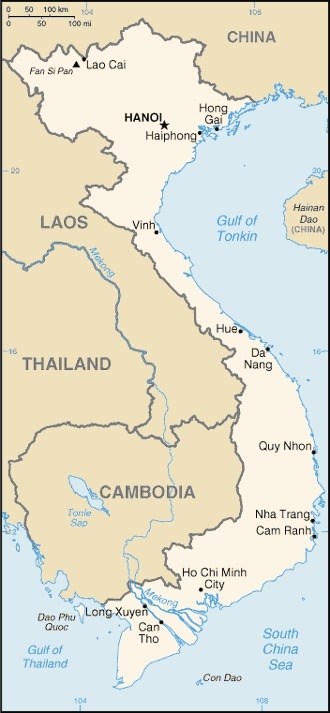Overview
Vietnam is a long, narrow country sitting on the eastern edge of mainland Southeast Asia, facing the South China Sea. It has borders to the north with China and to the west with Laos and Cambodia.
Vietnam was under French colonial rule from late in the 19th Century until the Japanese invasion towards the end of the Second World War. After the war France sought to retain its rule but the Indochina War, which ran from 1946 to 1954, ended in Vietnam gaining independence. However, the Geneva Conference of that year saw the country divided into North and South Vietnam. This led to the Vietnam War, fought between the communist north, which was supported by the Soviet Union and China, and the anti-communist south, supported by the United States. The end of that war saw the country reunified in the mid-1970s as a socialist state, under the Communist Party of Vietnam.
Vietnam remains a communist nation, although in recent years it has employed capitalist economics to fuel growth. The country’s constitution guarantees freedom of religion, but although Christian worship is legal the repressive communist government restricts Christian activity.
What it means to be a Christian in Vietnam
The majority of Vietnamese practice either no religion or various folk religions, which, in many cases, is mixed with Buddhism. After 1975 Communist opposition to religion particularly targeted Christians and many Vietnamese who fled the country were Christian. Since the mid-1980s there has been greater freedom, but Communist policies still seek to restrict Christianity. Churches are required to register with the government and can face harassment in various ways, particularly if they seek to reach out publicly with the gospel. In rural areas converts to Christianity can be targeted for persecution. Christians are sometimes denied access to social services and education.

